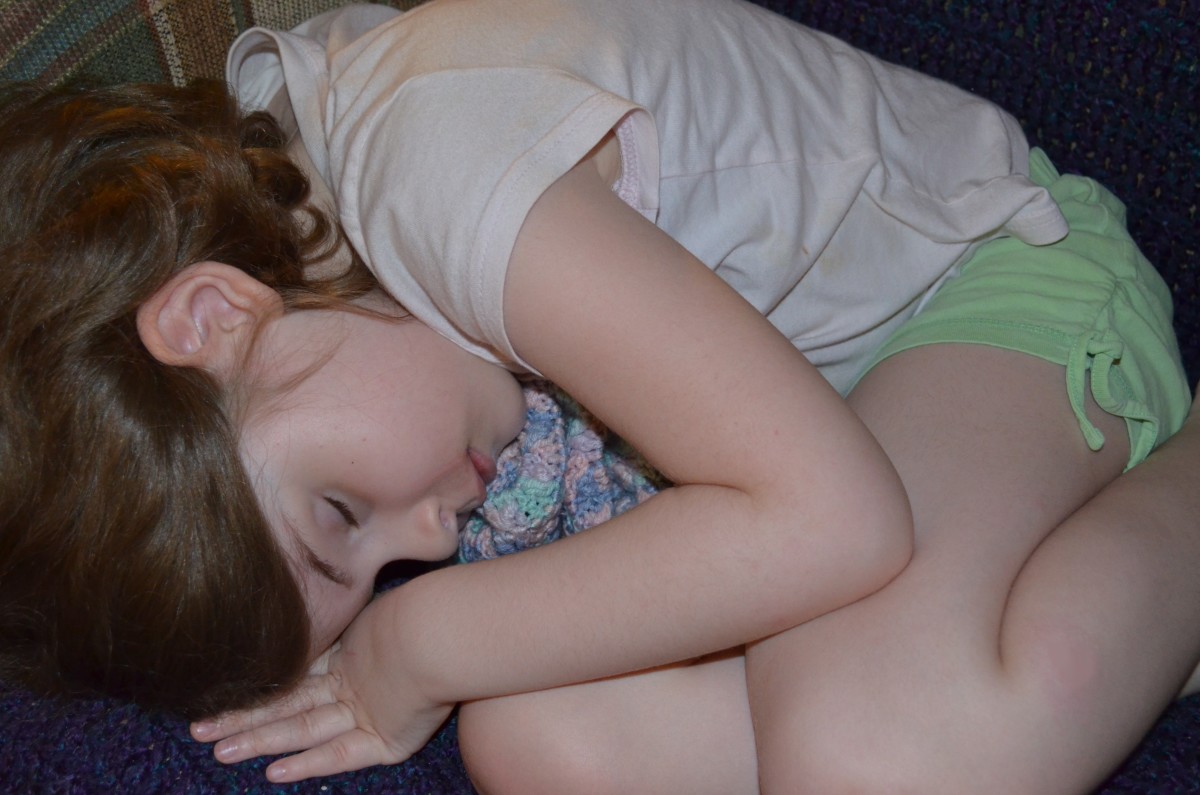Sleep Myths
Sleeping Peacefully

Normal Sleep Cycles
First, there are just two types of sleep cycles, which are REM sleep (rapid eye movement sleep) and non-Rem sleep (with three different stages). Specific brain waves and neuronal activity link each type of sleep throughout the night.
Stage 1: Non-REM sleep is the time between being awake and falling asleep. Stage 1 of sleep typically lasts several minutes. It is a time of light sleep where rapid eye movement occurs, the heart rate slows and the muscles relax.
Stage 2: Non-REM sleep is also a short period of time before you fall into a deeper sleep. The muscles relax even more, and the heart rate and breathing slow. The brain waves have brief bursts of electrical activity, and this sleep cycle is repeated more than any other stage throughout the night.
Stage 3: The is also a non-REM sleep, and it is a period of deep sleep, which is necessary for you to feel well rested in the morning. This happens in longer periods during the first half of the night. The brain waves are much slower. The breathing and heart rate are slow during Stage 3, and it is difficult to wake up during this stage of sleep.
Therefore, the REM sleep usually occurs during the first 90 minutes after going to bed. This is the time of rapid eye movement after falling asleep. Your breathing may be faster and irregular, plus your heart rate and blood pressure are typical of waking levels. Dreaming usually occurs during REM sleep. The legs and arms are temporarily paralyzed during REM sleep, so you cannot act out your dreams. You tend to spend less time in REM sleep as you age.
Facts about Sleep You Probably Didn’t Know
Common Myths about Sleep
While many think alcohol right before bed is a good way to get to sleep, but many studies have proven this to be untrue. Alcohol delays REM sleep, therefore the dream cycle. It is also dangerous for those who have sleep apnea.
Other sleep myths include:
- Many adults only need 5 or less hours of sleep.There are a very few people who have a particular genetic mutation and can function on much less sleep. Clear evidence reveals almost all adults need at least 7-9 hours per night, and this is for optimal mental and physical health.
- Remembering your dreams reflects a good night’s sleep.
- Snoring annoys bed partners, but it is not harmless despite popular opinion. It can be a symptom of sleep apnea, which is also related to hypertension and heart disease.
- Many think the body and brain can learn to function with less sleep. Eventually daytime sleepiness may plateau, which can even result in a traffic accident and you certainly will not feel well.
- Having the ability to fall asleep anywhere at any time is a healthy sign. This only reflects an underlying sleep problem.
- As you age you need less sleep.
- If possible getting more sleep is always better.
- If you can lie in bed with your eyes closed it is almost as good as a nap. While you may feel more relaxed, this is not the same as good sleep.
- Sleep deprivation for one night has lasting health consequences.
- Watching TV in bed is a great way to relax before sleep. Listening to music or reading a book an hour before bed is a better way to get a good night’s sleep.
- If you have trouble falling asleep or if you wake up and can’t go back to sleep, it is better to stay in bed to try to fall back to sleep. It is actually better to get up for a while and read, then go back to bed when you feel tired. Keep bright lights off, including the computer and phone.
- Sound sleepers rarely move at night.
- It is better to hit the snooze button on the alarm to get a bit more sleep.
- It is better to sleep in a warmer bedroom rather than a cooler one.
- Fix your sleep problems by napping in the afternoon. This may actually make it more difficult to sleep at night.
- If you exercise within 4 hours of bedtime it will disturb you sleep.
- Your brain is inactive during your sleep.
- Teens who fall asleep in class are lazy. Teens need from 8.5 to 9.25 hours of nightly sleep, but this is a time their internal biological clock can keep them up later at night, which interferes with morning wakefulness.
These sleep myths are all untrue, and some of them have serious health consequences. Ignore them and get a good night's sleep.
Koala Bear Asleep

Sleep Therapy Noise Maker
Insomnia Symptoms
Insomnia can be a sign of a sleep disorder, which may be either psychological, medical or a psychiatric problem.
There are four insomnia symptoms, which include:
- Great difficulty in falling asleep
- Waking up frequently
- Waking up too early without being able to fall back asleep
- Waking up exhausted or not feeling refreshed
12 Psychological Sleep Facts
Stars at Night

Sleep Conclusions
Recently, additional scientific studies show correlations between poor sleep and numerous diseases. Furthermore, a night of fragmented sleep can lower the metabolism and increase the cortisol hormone. This causes an increased appetite, plus a decrease in the ability to burn calories. Obviously, this can lead to obesity.
Getting a good night’s sleep is very important for good health. It is wise to make sure children always get a good night’s sleep. Developing a bedtime routine while a child is still young.
Sleep Poll
How do you sleep at night?
This content is accurate and true to the best of the author’s knowledge and does not substitute for diagnosis, prognosis, treatment, prescription, and/or dietary advice from a licensed health professional. Drugs, supplements, and natural remedies may have dangerous side effects. If pregnant or nursing, consult with a qualified provider on an individual basis. Seek immediate help if you are experiencing a medical emergency.
© 2019 Pamela Oglesby









